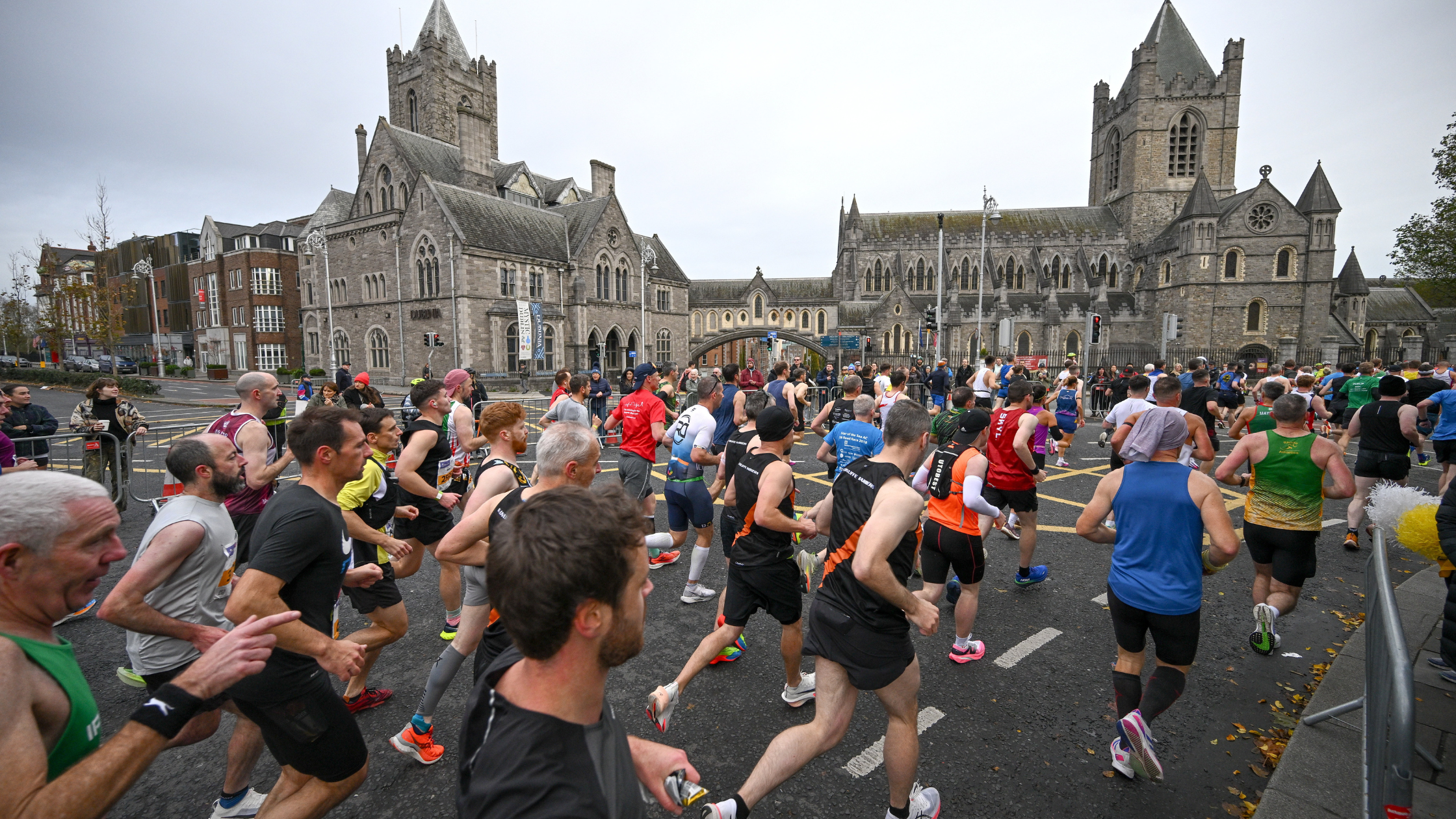It’s no coincidence that hydrotherapy has long been used in medicine to help with pain relief and to assist recovery and rehabilitation from injury. In fact, water is probably one of the most natural and underrated recovery tools out there! With that in mind, Louise Damen advises how you can use the swimming pool to stay fit and sane during injury.
Aqua jogging
Aqua jogging or deep water running is arguably the best form of cross training for runners as it involves very similar neuromuscular patterns to running, yet is very low impact (you only support around 10 per cent of your bodyweight). Several studies have shown that runners can use aqua jogging to maintain aerobic fitness, lactate threshold, running economy and time trial performance for at least 6 weeks.
You may find it easier to wear a floatation belt if you’re new to aqua jogging, which will help to keep you buoyant in the water and preserve ‘normal’ biomechanics. It is possible to aqua jog without a belt, however you’ll find that you have to adopt a high knee gait with a rapid stride turnover simply to stay afloat. This style of aqua jogging demands more energy and may therefore provide a tougher workout, however it comes at the cost of running specificity.
It’s worth bearing in mind that you won’t be able to achieve as high a heart rate running in the water as when running on land. This is because you are supporting very little of your bodyweight and the pressure of water on the body makes more blood return to the heart so that more blood is pumped with each heartbeat. A useful rule of thumb is that heart rates when aqua jogging are roughly 10 per cent lower than when running on land.
Several studies and anecdotal evidence have found that perceived exertion is higher during water running for any given heart rate. In other words, to get the same training effect, you’ll feel that you’re working harder than during land running. For this reason it’s best to focus on interval workouts in the water as if you only do steady aqua jogging sessions your effort probably won’t be high enough to maintain your fitness.
Swimming
Swimming is a fantastic form of cross training that stresses your cardiovascular system without the huge impact forces of running, making it ideal when rehabbing from an injury.
Unlike other forms of cross-training, the beauty of swimming is that you can isolate certain muscle groups to work on. If your injury prevents you from using your legs for example, you can swim using a pull buoy. Get yourself a float, pool buoy and paddles for arm strength and you shouldn’t get too bored!
Technique and strength work
There is absolutely no reason as to why you can't hit the pool for some technique and strength work, particularly if you are rehabbing from an injury. The water provides an ideal environment as you can work your muscles against a resistance yet with very low impact forces. Many running specific drills can be carried out in the water such as ‘high knee walks’, ‘bum kicks’ and ‘tip-toe walking’, assisting the transition back to running on-land. You could also try some squats and lateral lunges for some useful strength work.















